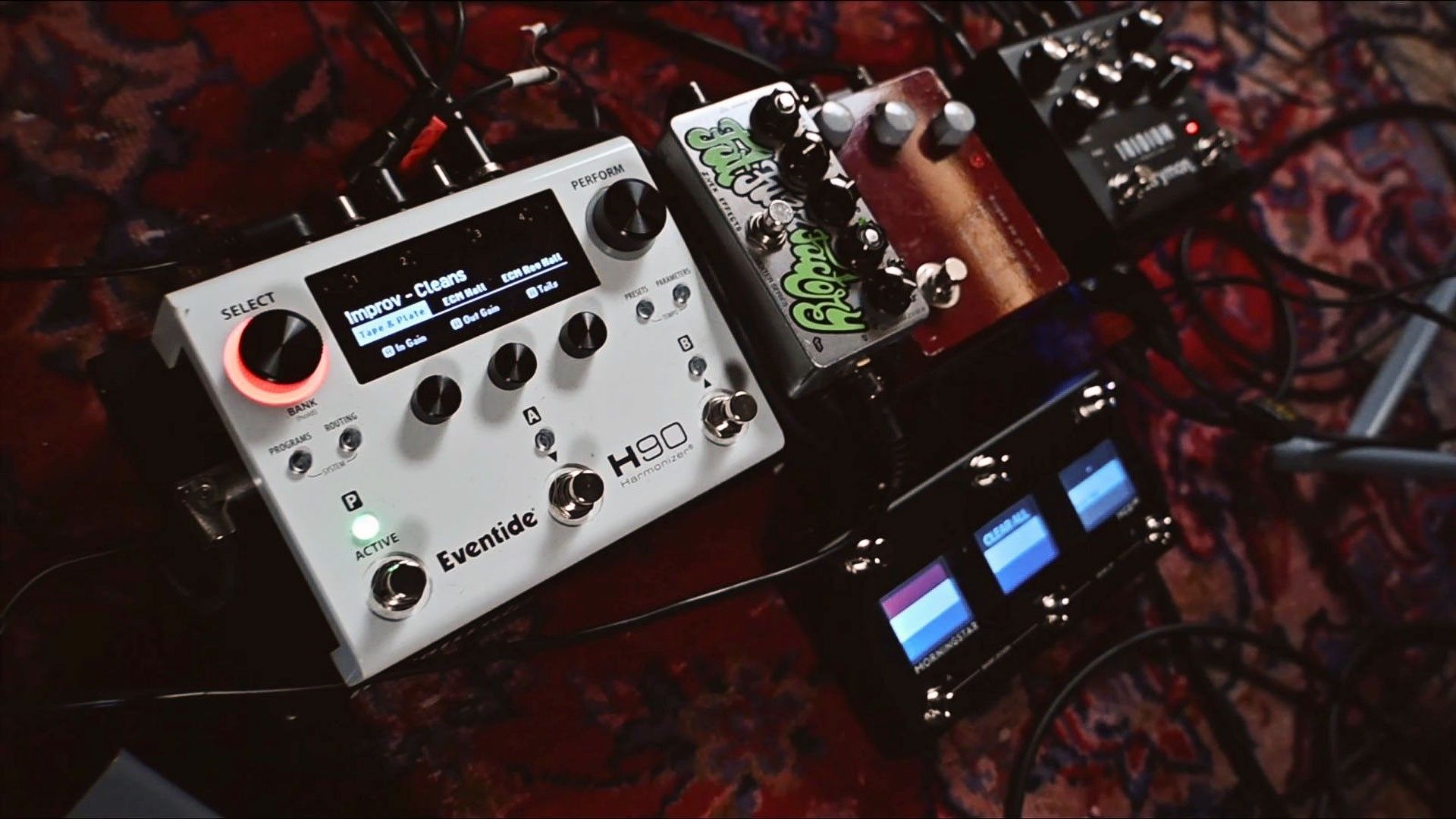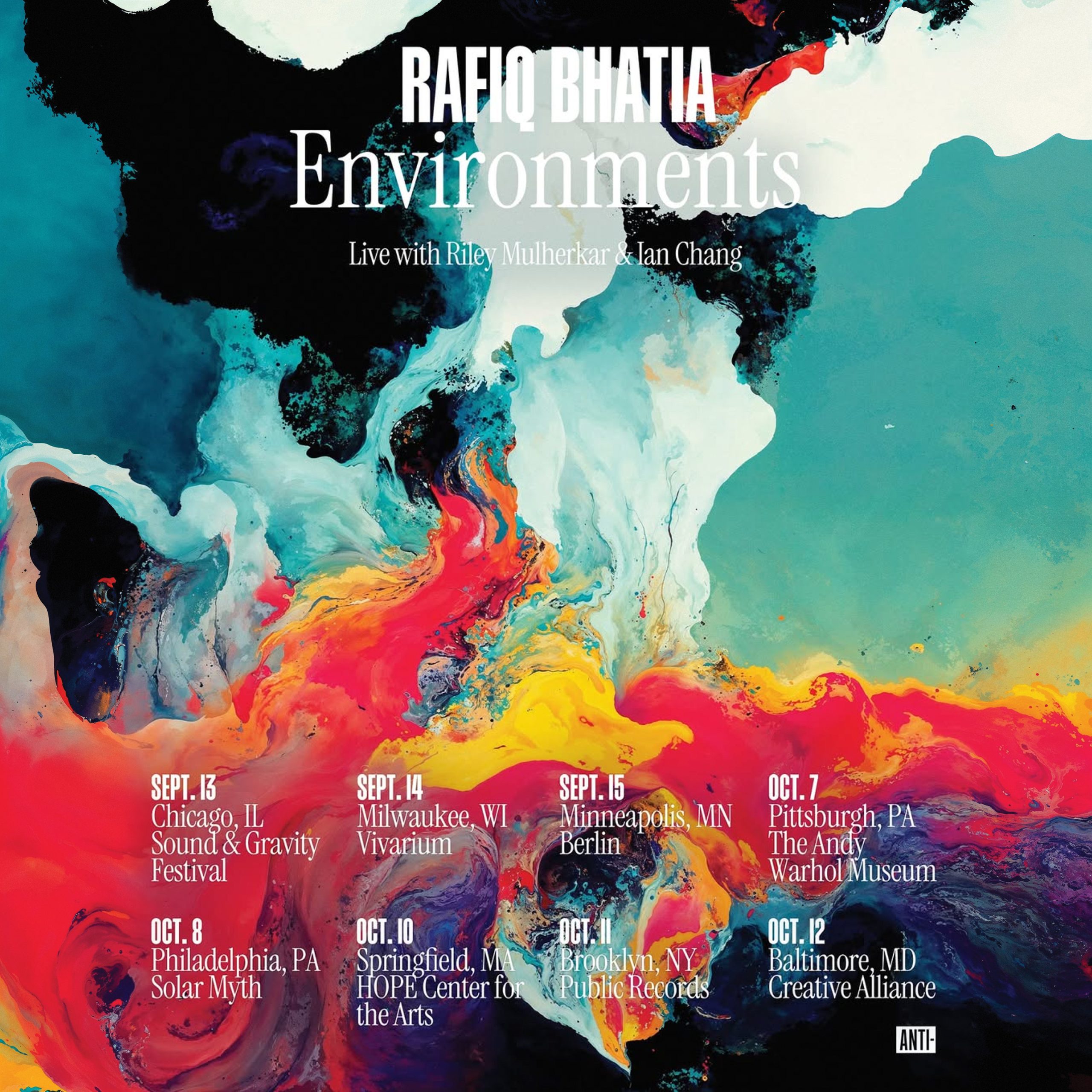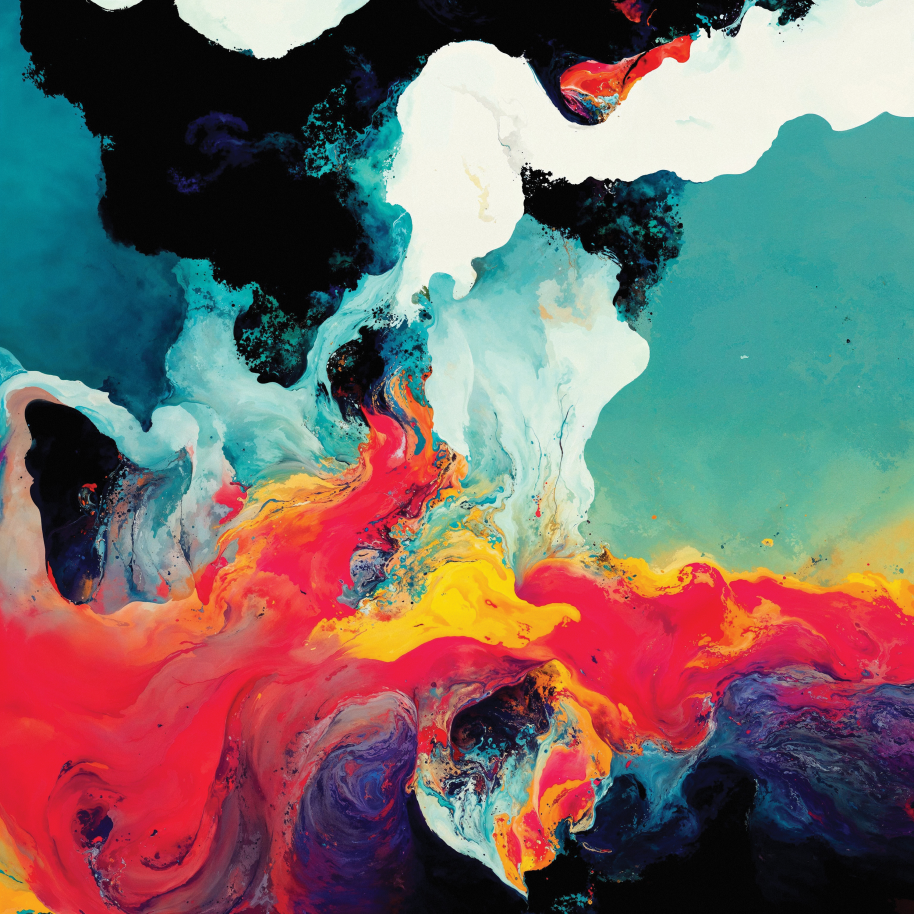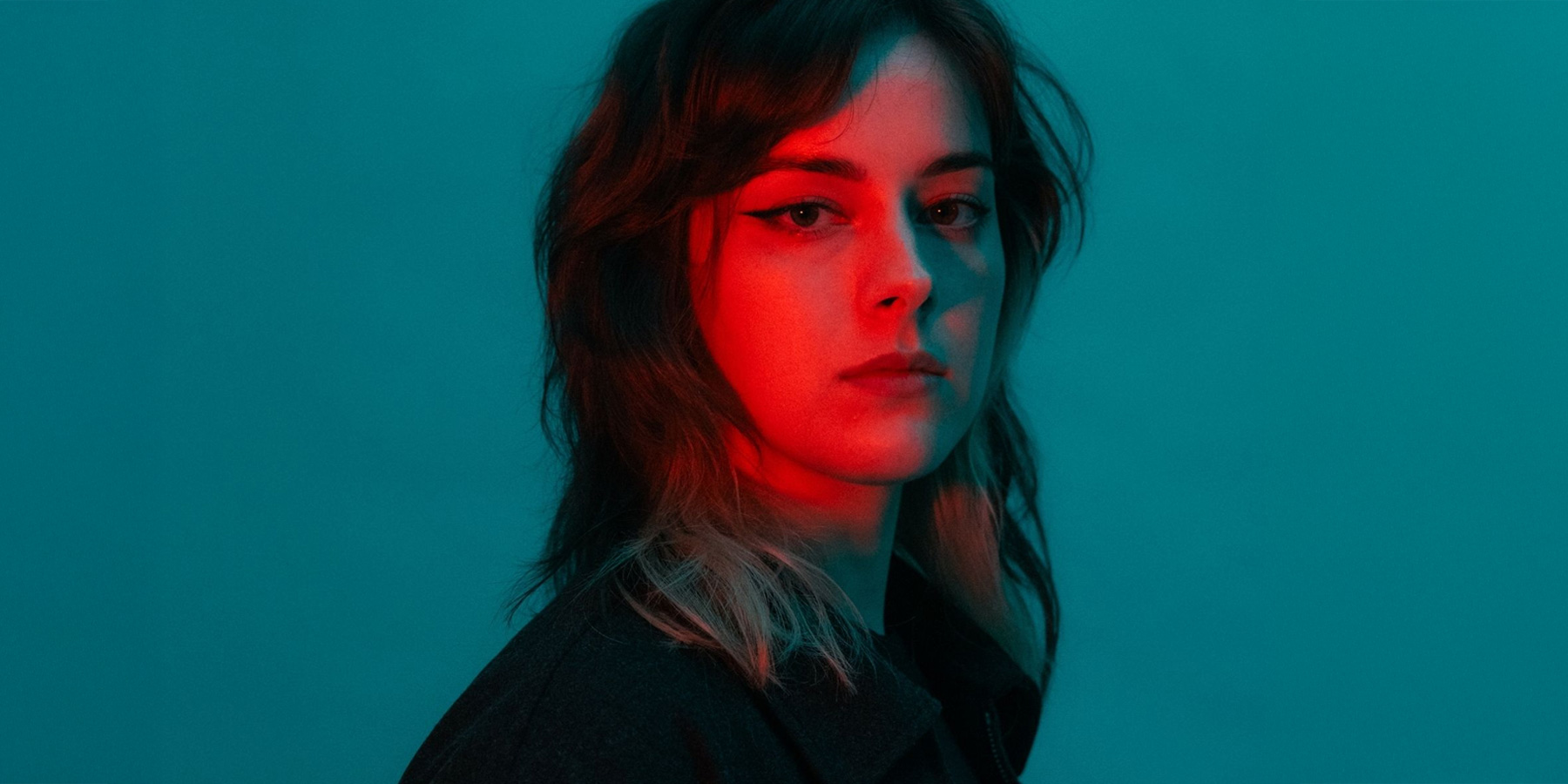
Photo: Shamrockraver
From Film Scores to Ambient Landscapes
For over a decade Rafiq Bhatia has created music that gives listeners moments of transcendence in the unexpected. The guitarist, composer, and sound explorer has become known for his boundary-pushing solo releases and his genre-bending work as a member of Son Lux, together with whom he scored the film Everything Everywhere All at Once. With his new album Environments, releasing September 12th via ANTI Records, Bhatia explores themes of nature and breaking through the mundane, and the H90 Harmonizer® remains central to his creative process.
World-Building Through Sound
Environments represents Bhatia’s vision of music that “feels more like what the Earth does when left to its own devices.” The album features trumpeter Riley Mulherkar and drummer Ian Chang, the trio creating worlds of sound that pause time and provide space for reflection.
Rafiq’s process centers on creating these immersive spaces through the careful layering and processing of sound. “I found myself just creating these little environments, it was like I was painting the walls around me, you know? I just wanted to create these spaces that felt safe where time felt like it moved a little bit more slowly,” Bhatia explains. The H90’s dual-algorithm approach to multi-fx and flexible routing allows him to build these complex sonic environments in real time, transforming simple guitar phrases into expansive atmospheric textures.

From Two H9s to One H90
Bhatia’s relationship with Eventide began in studios where he encountered H9 pedals in heavy rotation. After ordering his own pair, he became fascinated by their many creative possibilities. “It became this thing where I was so interested in all the ways that I could use it to really push my sound in different directions,” he recalls.
When Eventide approached him during the H90’s development, Bhatia saw the potential immediately. When he learned of the H90s’ ability to run two algorithms simultaneously, Bhatia suggested adding series and parallel routing options and insert points, allowing him to achieve even more complex processing with a dramatically smaller footprint. “I’m so happy now that I can have the literal smallest pedalboard possible and it can do all these things that I had only dreamed of before.”
Ghostly Guitars
One of Bhatia’s signature sounds is something his Son Lux bandmate Ryan Lott fatefully dubbed “ghost guitar.” This approach became essential to the Everything Everywhere All at Once score. The ethereal sound begins with a guitar pitch-shifted up two octaves, then processed through heavily modulated stereo reverb. The result is simultaneously beautiful and a bit eerie, perfect for the film’s complex emotional landscape.
Bhatia describes it as “a really pretty sound, but because it’s so high and airy and wispy, it can actually be pretty sinister if you pair it with the right things.” This paradox highlights how carefully Rafiq approaches sound design, treating effects as narrative tools rather than simple embellishments.
Making Space for Transcendence
In our current information-saturated world, Bhatia sees his music as offering something essential: space to breathe: “I hope that this music can provide a space for us to remember that outside of all of this—and all of us—there is nature.”
Whether exploring intimate ambient spaces or finding clever ways to weave the narrative of a film into its score, Bhatia uses the H90 to create musical worlds where time stands still, even if only for a moment.




